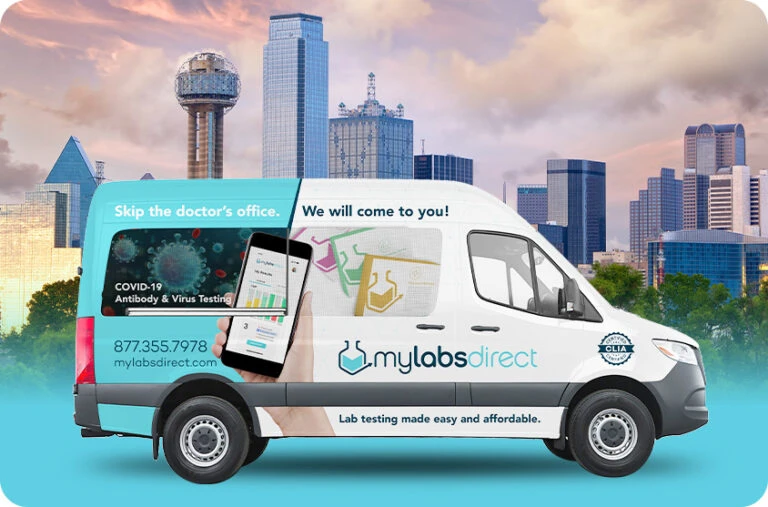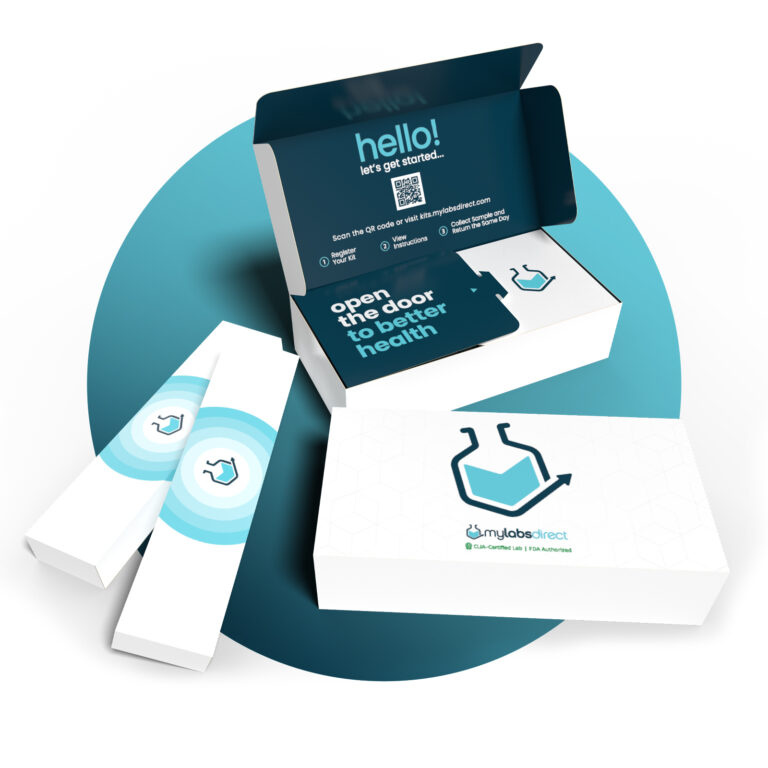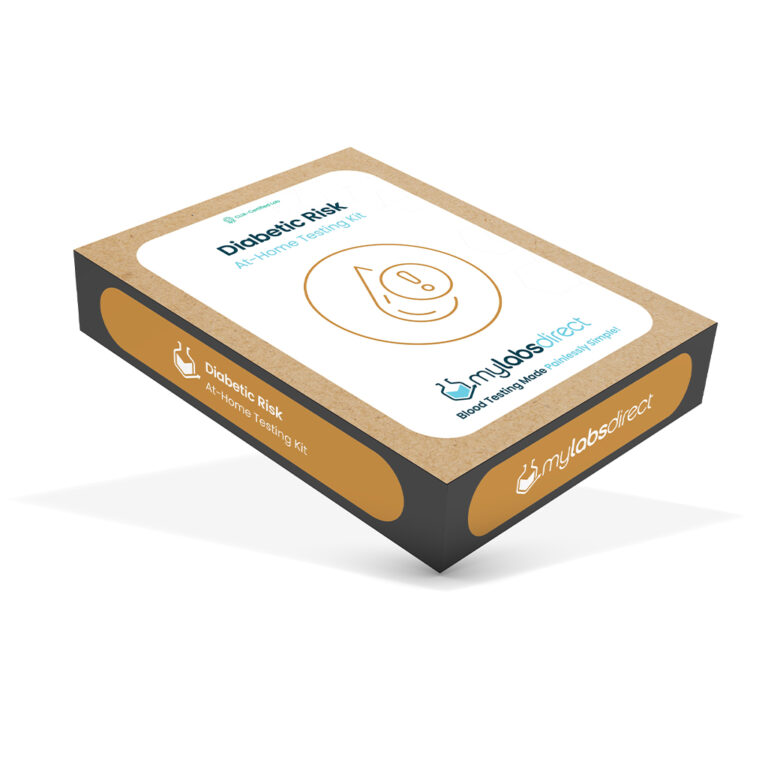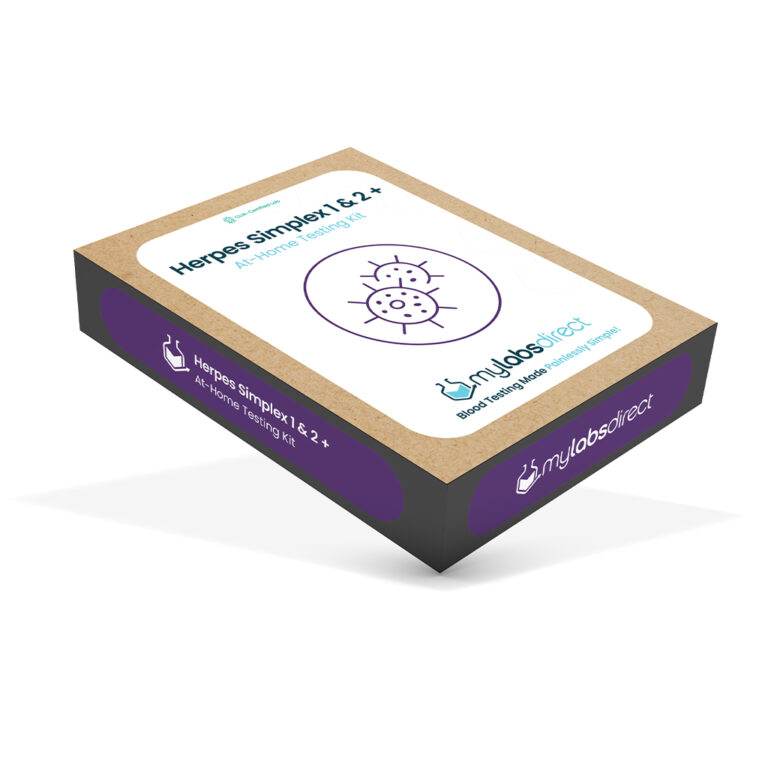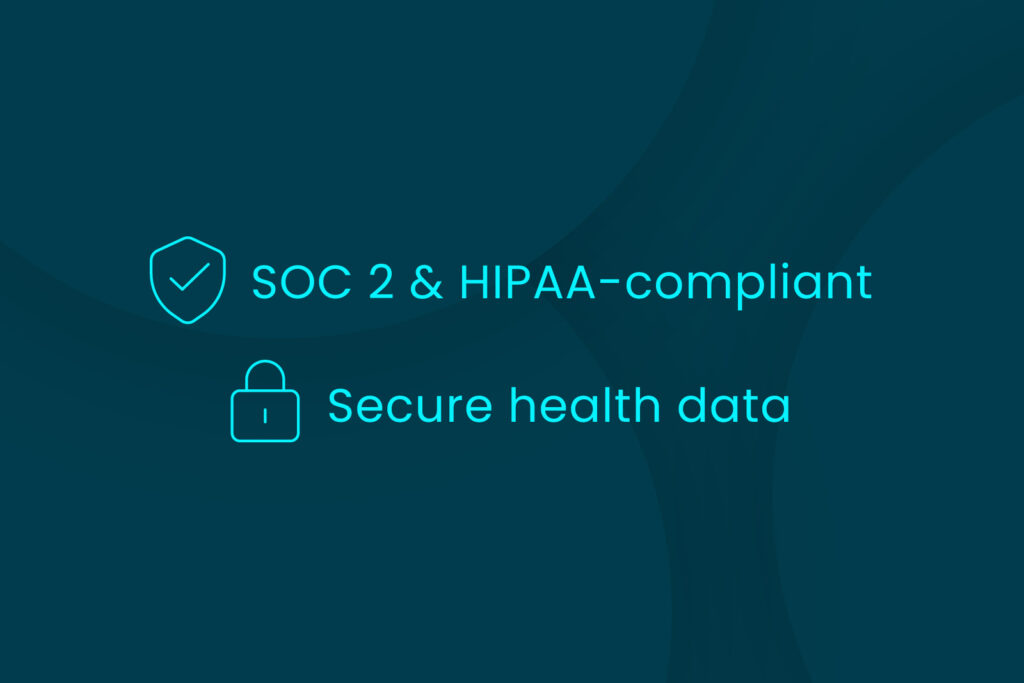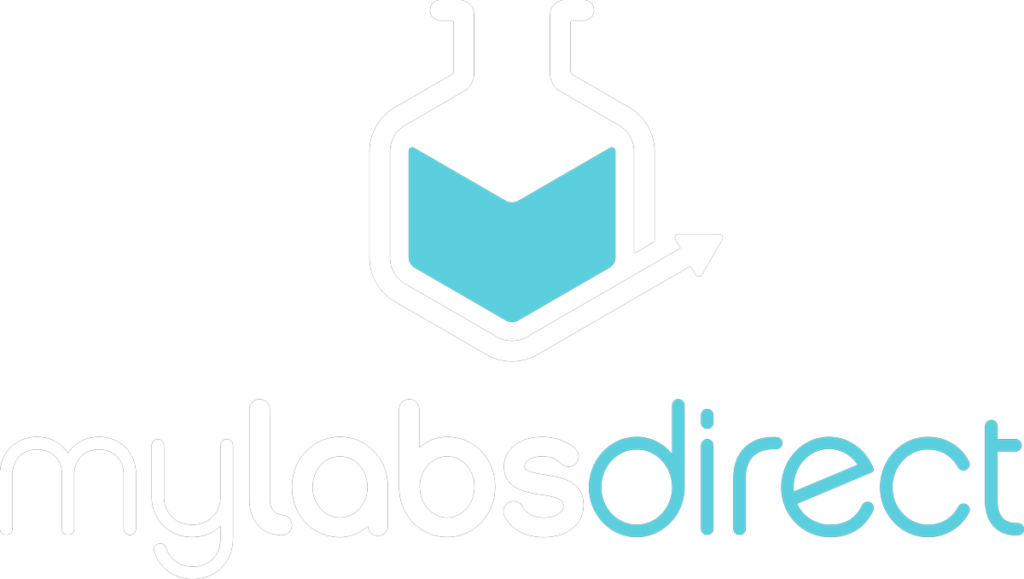
Who should take this test and why it’s essential:
Recommended for individuals actively managing their health. This testing is particularly vital for those with a family history of heart disease, high blood pressure, and/or high cholesterol. Take proactive steps towards understanding and managing your cardiovascular health. Get screened today and prioritize your well-being.
Cardiac Risk Test Kit
Discover the MLD Cardiac Test:
Achieve valuable insights into your heart health with our comprehensive cardiac risk panel. In the United States, cardiovascular disease claims the lives of over 800,000 people each year, making it a significant concern. By combining the results of this test with your family’s health history, you can better understand your risk of heart and blood vessel diseases. Take proactive steps towards safeguarding your cardiovascular health and making informed decisions.
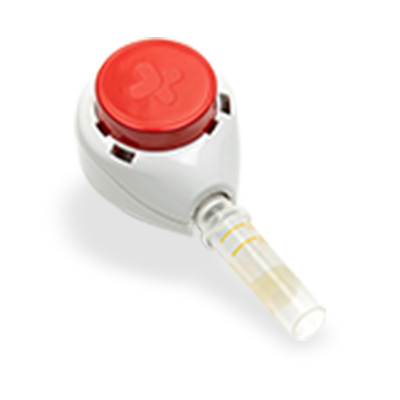
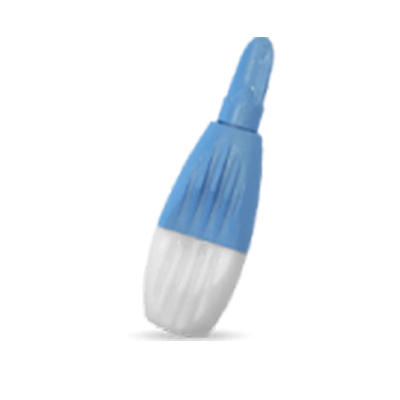
- FSA/HSA Accounts Accepted

Choose How You'd Like To Collect Your Sample
*Receive guidance on using our QuickDraw collection device effectively with a free virtual appointment

QuickDraw
Collection Method
Description
Our Quick Draw device makes sample collection easy, fast and pain free.
Benefits
- Painless
- Free virtual assistance with collection
- Complete blood results from a single microtainer
- Fast turn-around of results
- Free overnight return shipping
$109.99

Finger Stick
Collection Method
Description
For those looking for a low cost option, we offer a traditional Finger Stick collection method with a lancet collection device.
Benefits
- Lower cost, although with low to moderate pain
- Complete blood results from a single microtainer
- Fast turn-around of results
- Free overnight return shipping
$79.99
What this test Measures
Cardiac Risk
Our Heart Health Profile includes a range of tests for monitoring overall heart health and helps in identifying certain factors that may lead to heart disease.
- Total Cholesterol
- LDL
- HDL
- Triglycerides
- VLDL-C
- hs-CRP
Total cholesterol is the total amount of cholesterol in your blood. It includes low-density lipoprotein (LDL, or “bad”) cholesterol and high-density lipoprotein (HDL, or “good”) cholesterol. Cholesterol is a waxy, fat-like substance found in every cell in your body.
Your total cholesterol level reflects your risk for heart disease. The higher the level, the higher your risk. If your total cholesterol is too high, your healthcare provider may recommend lifestyle changes and/or medications to lower it.
Symptoms: By itself, high blood cholesterol doesn’t cause symptoms which is why it’s important to have your cholesterol levels tested.
Low-density lipoprotein (LDL) transports cholesterol to the cells. High levels of LDLs in the blood have been associated with an increased risk for heart disease. For this reason, they are referred to as “bad cholesterol”. LDL cholesterol needs to be kept at the lowest level you and your healthcare provider can achieve. LDL cholesterol goes up if your diet is high in saturated and trans fat.
Low LDL levels – decreased risk of heart disease
High LDL levels – increased risk for heart disease. High LDL is primarily caused by poor diet, obesity, lack of exercise, smoking, alcohol and age.
Symptoms: High LDL has no symptoms which is why it’s important to have your LDL levels checked.
High-density lipoprotein (HDL) picks up cholesterol from cells and transports it to the liver so that it can be eliminated from the body. It essentially clears fats from your bloodstream. HDL cholesterol is sometimes referred to as the “good cholesterol” because high levels of HDL in the blood are associated with a reduction in the risk of heart disease. The higher the HDL, the better.
High HDL levels – associated with a reduced risk of heart disease. Physical activity, losing extra weight, quitting smoking, using alcohol in moderation and choosing better fats all help increase your HDL levels.
Low HDL levels – associated with an increased risk of cardiovascular disease. Type 2 diabetes, being overweight, not getting enough exercise, smoking, unhealthy diet, metabolic syndrome, and genetic factors play a role in low HDL levels.
Symptoms: Low HDL levels rarely present symptoms until after there’s been a medical emergency, which is why it’s important to have your HDL levels checked.
Triglycerides are the main lipids (fat) in food and the body. The structure of triglycerides includes lipid molecules called fatty acids. Fatty acids are what we are really talking about when we refer to trans fat or saturated fat. You have a higher risk of high triglycerides if you have diabetes, chronic kidney disease, metabolic syndrome, inflammatory diseases, obesity or are overweight, consume excess: alcohol, saturated fats, and sugars, if you maintain a sedentary lifestyle, or have a family history of high triglycerides.
Low Triglycerides levels – in general, having low triglyceride levels is not a problem. If your levels are less than 150mg/dL, you have a lower risk of cardiovascular diseases such as heart attack or stroke.
High Triglycerides levels – high concentrations of triglycerides in the blood may contribute to hardening of the arteries or thickening of the artery walls which increases the risk of stroke, heart attack and heart disease. Extremely high triglyceride levels can also cause acute inflammation of the pancreas, resulting in pancreatitis.
Symptoms of High Triglycerides levels: In rare cases, some people may develop inflammation of the pancreas which can cause sudden severe abdominal pain, loss of appetite, nausea, vomiting and fever.
Very-low-density lipoprotein cholesterol (VLDL-C) is made in the liver and released into your bloodstream. The VLDL particles mainly carry triglycerides (a type of fat) to your tissues. It’s similar to LDL cholesterol, but LDL mainly carries cholesterol to your tissues, whereas VLDL-C carries triglycerides to your tissues. You can lower your VLDL level by losing weight, dieting, and exercising. It’s important to switch to healthy fats and cut back on sugar and alcohol. Some people may need to take medication to reduce VLDL-C.
VLDL is referred to as a “bad cholesterol” because it contributes to the buildup of plaque in your arteries. Over time the plaque can harden and narrow your arteries and contribute to a type of blood vessel disease called atherosclerosis, which reduces blood flow.
Low LDL levels – decreased risk of heart disease.
High VLDL-C levels – increased risk for heart disease and stroke. High VLDL is primarily caused by poor diet, obesity, lack of exercise, smoking, alcohol and age.
Symptoms of high VLDL-C:hs-CRP, or High Sensitivity C Reactive Protein, measures overall levels of inflammation in your body. It can be used to identify individuals that are at high risk for stroke or heart disease.
Low hs-CRP- indicates you have low risk for heart disease.
High hs-CRP – levels have been associated with an increased risk of heart disease and can be used as a marker for assessing cardiovascular risk, especially when combined with other risk factors like high cholesterol, smoking, and obesity.
Symptoms:
- Unexplained exhaustion
- Pain
- Headache
- Nausea, loss of appetite, indigestion
- Chills
- Fever
- Insomnia
How At-Home Testing Works
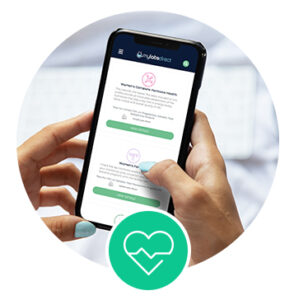
Step One
Select The Test That's Right For You
Collect your own lab sample anytime, anywhere through an easy-to-use test kit that’s shipped direct to you.
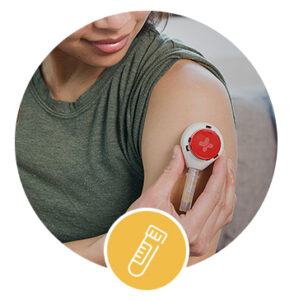
Step Two
Collect And Return Your Sample
Quickly and painlessly collect your sample from the comfort of your home using our ground-breaking Quick Draw device or traditional finger prick lancet.
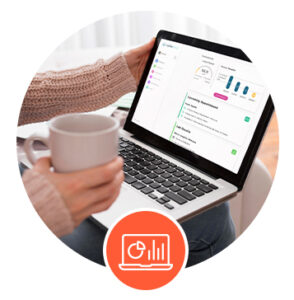
Step Three
View YourResults
Your lab results will be available on your personal online dashboard. Results are in an easy-to-understand educational format that helps you manage your health.

We are a REAL LAB,not a marketing company
All tests are processed through our university backed, CLIA certified labs and HIPAA secure results are delivered in real time. After your test is processed, we offer in-depth results to not only help you make important decisions about your health in conjunction with your treating physician or medical team, but solutions to any health issues that may be discovered during the process.
Questions? We Have Answers.
Yes, there are several ways you can reduce your risk of developing coronary heart disease by lowering your blood pressure and cholesterol levels.
- Eat a healthy, balanced diet
- Increase physical activity
- Maintain a healthy weight
- Give up smoking
- Reduce your alcohol consumption
- Keep your blood pressure under control
Leading risk factors for heart disease and stroke are: high blood pressure, high low-density lipoprotein (LDL) cholesterol, diabetes, smoking and secondhand smoke exposure, obesity, unhealthy diet, and physical inactivity.
Please prepare to test first thing in the morning. Be sure to drink plenty of water before testing! Being well hydrated will help increase blood flow and improve the testing experience.
*Note: Do not test on a Friday, Saturday, Sunday, or Holiday. Your sample must be picked up, dropped at a dropbox location or brought to FedEx on the same day you test.
Your results can be easily shared with your healthcare provider, and in fact, we encourage you to share your data in order to obtain the treatment you might need. Contact us for a network of healthcare providers to assist you with your healthcare needs.
Yes, you need to fast for 10 to12 hours before administering your at home blood test. Fasting means not eating or drinking anything except water.



